Marking the 50th Anniversary of NYCB’s Ravel Festival.
In 1975 the Company presented a festival dedicated to the music of the French composer Maurice Ravel. To honor the 50th anniversary of the event, the Company offers this program featuring four works that had their premieres during the festival: Jerome Robbins’ playful In G Major, with sets and costumes by the Art Deco master Erté; Pavane, a solo work from Balanchine for a female dancer; Errante, returning from its lauded Spring 2024 revival; and Sonatine, a pas de deux marked by a lighthearted spirit of dancers at play. The program closes with Balanchine’s entrancingly mysterious La Valse, an enduring classic first performed in 1951.
With the playful jazz accents of Ravel’s Concerto in G and fashionable scenery and costumes by Erté, this lighthearted ballet suggests a chic Riviera setting.
Ravel, at the peak of his fame and popularity, had just returned from a triumphant tour of the United States when he began his Piano Concerto in G Major (1928-1931). He wrote that the work was “a concerto in the strict sense, written in very much the same spirit as those of Mozart and Saint-Saëns” and that “it uses certain effects borrowed from jazz, but only in moderation.” Jerome Robbins choreographed In G Major for NYCB’s Ravel Festival, in 1975. When the Paris Opera Ballet staged In G Major, under the name En Sol, it commissioned scenery and costumes by Erté, and it is those designs that are now used in the New York City Ballet production.
The polished simplicity and emotional interplay of the rarely-seen Sonatine evokes the elegance of the French artists on which it was made.
Sonatine was presented as the opening ballet of the New York City Ballet Ravel Festival during the 1975 Spring Season, which marked the 100th anniversary of the composer’s birth. Perhaps as a nod to the composer’s country, Balanchine created this ballet—a pas de deux with an onstage pianist—on Violette Verdy and Jean-Pierre Bonnefoux, two principal dancers with New York City Ballet who were both born in France. The music is Ravel’s Sonatine for Piano, which was first performed in 1906. This early work of Ravel’s is bright, clear, and refined, with a fluidity that translates well into dance.
Pavane
Echoing its music, this ballet is a lament choreographed for a solo female dancer who carries with her a length of chiffon throughout the performance.
Errante, this choreographic fantasy, begins with the sound of a plaintive violin that signals the beginning of the ballerina's five-minute solo. At its end, she is joined by her partner and four couples.
Originally titled Tzigane, after the name of Maurice Ravel’s rhapsodic score, this ballet will be revived for the first time in more than 30 years with a new name – Errante. Choreographed by Balanchine for the legendary ballerina Suzanne Farrell for the 1975 Ravel Festival, Farrell will return to NYCB during the 75th Anniversary Season to stage the work for a new generation of NYCB dancers.
Captivated by the moody and mysterious world of Ravel’s La Valse, a young woman waltzes through Balanchine’s surging choreography with tragic results.
"We are dancing on the edge of a volcano," Maurice Ravel wrote in his notes to La Valse. His words are an apt description of both the music and Balanchine's neo-romantic choreography: couples waltzing in a cavernous ballroom where a woman in white is at once horrified and fascinated by the uninvited figure of death.
Intrigued by the disintegration of the waltz form, Ravel envisioned La Valse set in the Imperial Court of Vienna in 1855, and called the score "a choreographic poem … a sort of apotheosis of the Viennese waltz … the mad whirl of some fantastic and fateful carousel."
Serge Diaghilev commissioned the score for his Ballets Russes, but rejected it for being "untheatrical." When Balanchine created La Valse in 1951, he found the score to be too short and preceded it with Ravel's Valse Nobles et Sentimentales, eight short waltzes, which establish the mood of the ballet — a mood of superficial gaiety mixed with an uncertain feeling of impending catastrophe.


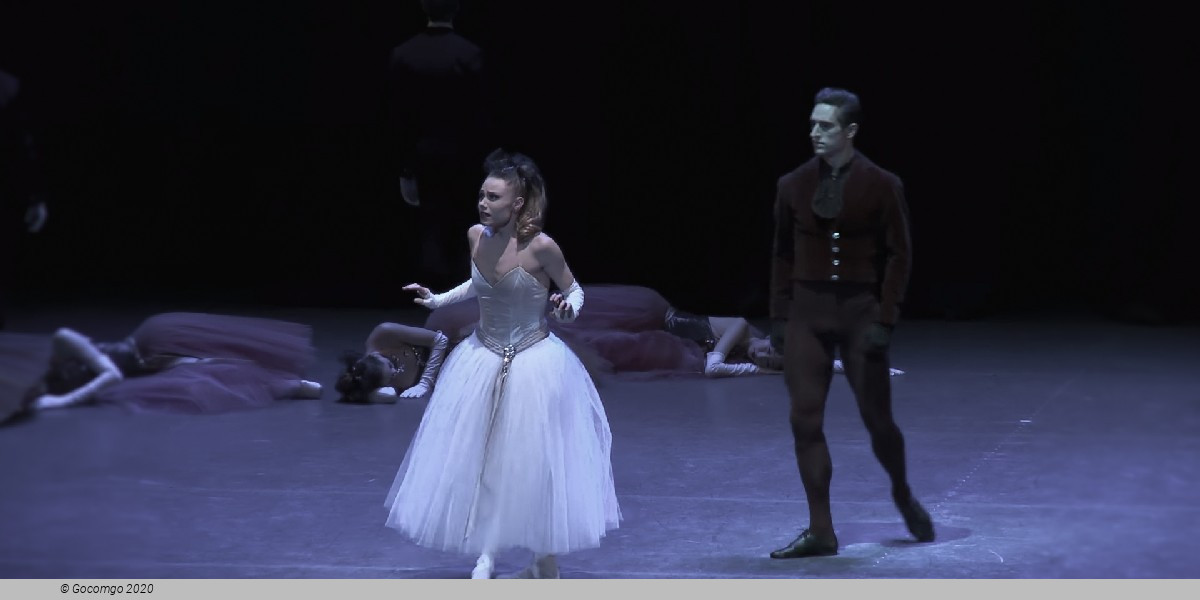
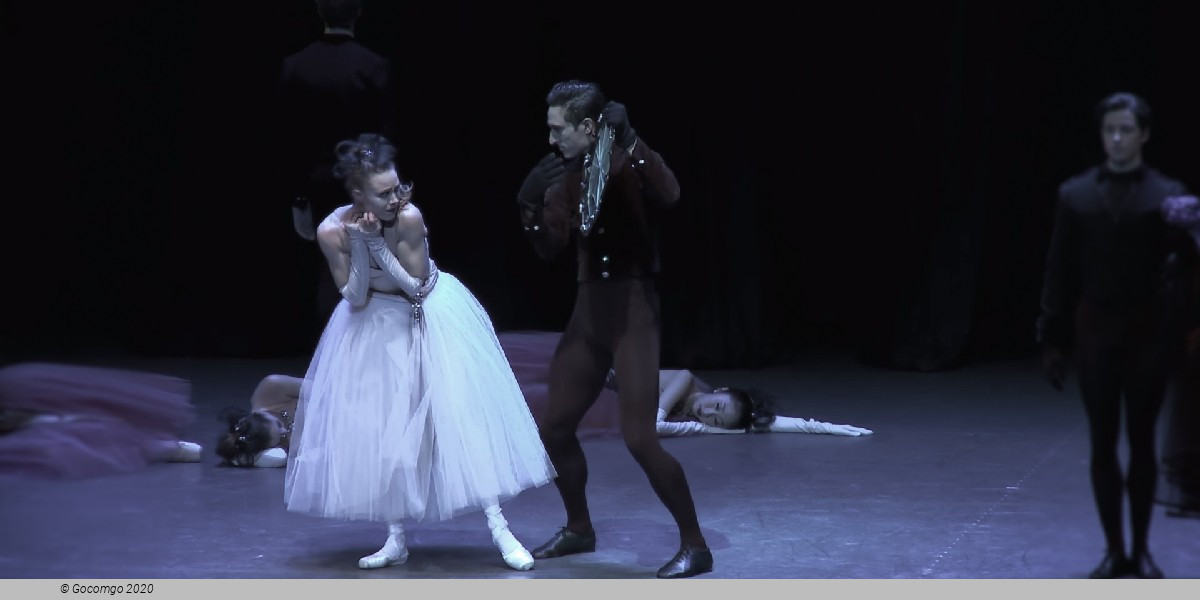
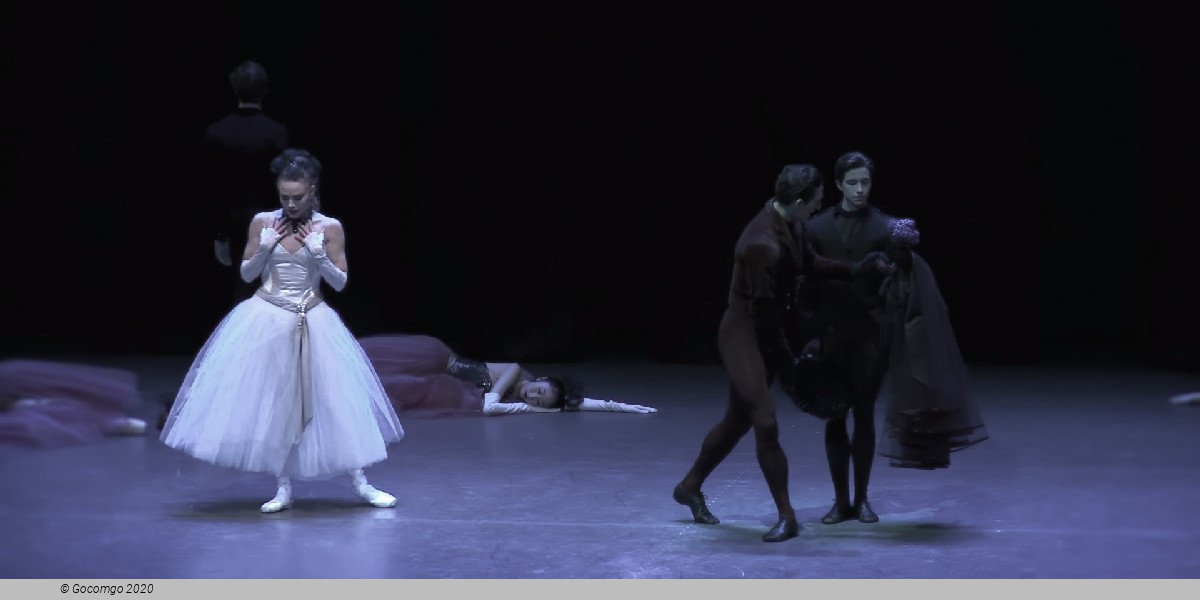
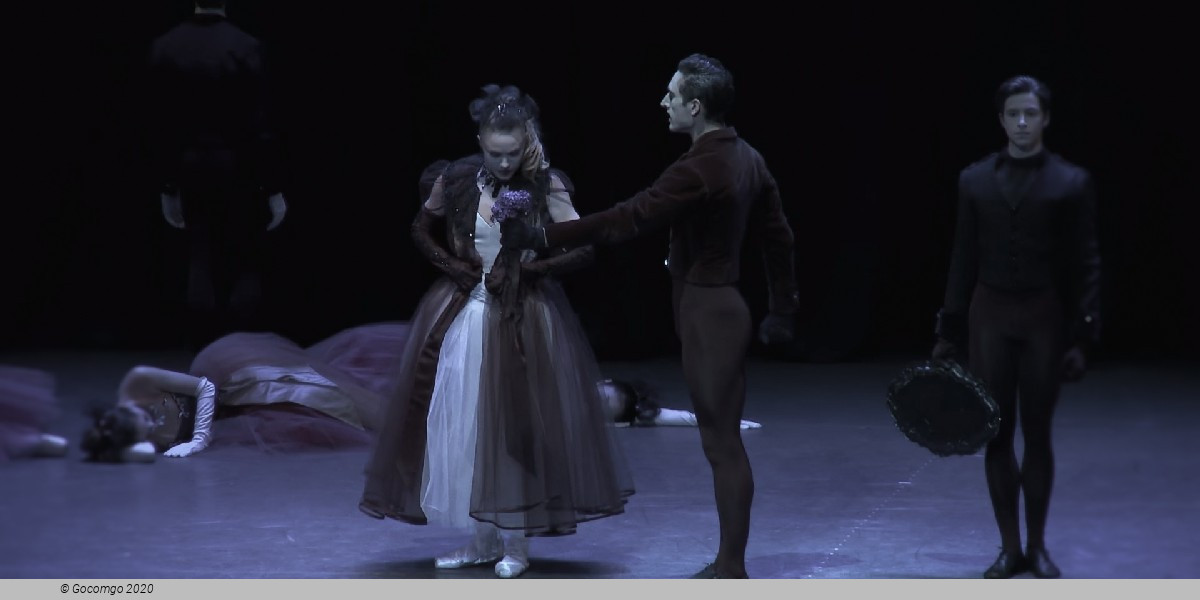
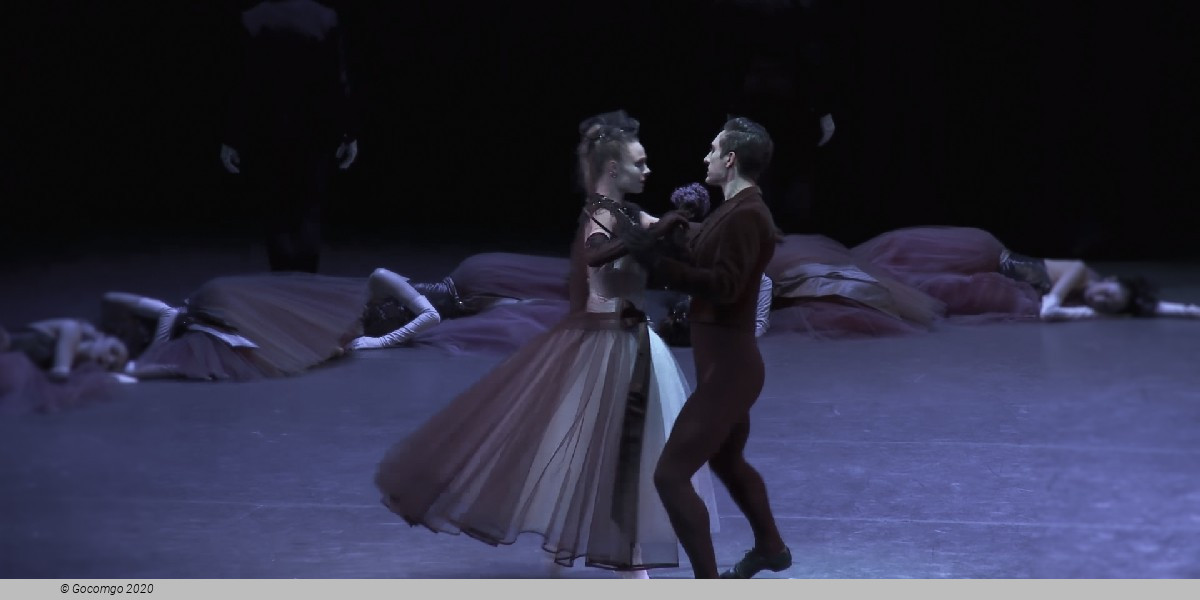
 20 Lincoln Center Plaza
20 Lincoln Center Plaza